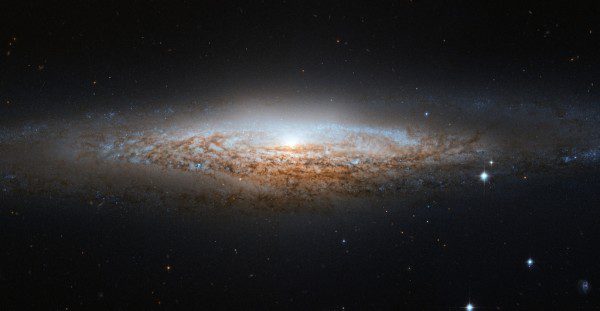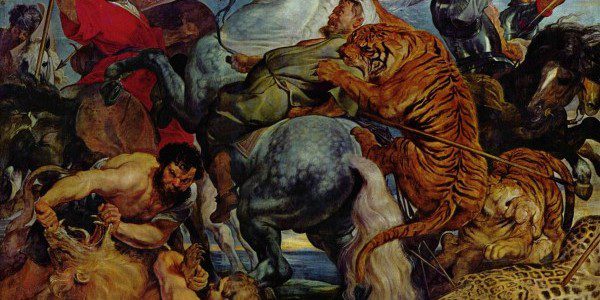“Intelligent Design” is a theory, a theology really, that claims that the complexity, beauty, order, or “irreducible complexity” of creation couldn’t have occurred randomly. The apparent “intelligence” of creation itself demands that we posit an intelligent designer.

It’s a contemporary spin on a older argument, articulated with sophisticated by William Paley. Paley’s “divine clock-maker” argument for a Creator of the universe was based on the premise that, just as the existence of clocks, or watches, lead us naturally to posit a clock-maker, so the existence of a world (with all its beauty, complexity, and orderliness) leads us to posit a world-maker — i.e. God.
Intelligent design arguments are most persuasive when you focus on the positive and beneficial aspects of the natural world — the beauty, the order, the complexity, and so on. It’s kinda like people who will insist on having their picture taken only of their “good side,” never their “bad side.”
But once you know about the bad side, it’s hard to ignore.
John Stuart Mill knew about the bad side of the natural world. He writes, of “intelligent design”:
“If there are any marks at all of special design in creation, one of the things most evidently designed is that a large proportion of all animals should pass their existence in tormenting and devouring other animals.”
How intelligent can creation be, and how intelligent can its “designer” be, when over 98% of all the species that have ever existed are now extinct?
Charles Darwin, an even more famous critic of intelligent design, said
“I cannot persuade myself that a beneficent and omnipotent God would have designedly created the Ichneumonidae with the express intention of their feeding within the living bodies of Caterpillars, or that a cat should play with mice.”
Darwin had been schooled in the theories of intelligent design through the writings of William Paley. But his extensive observations of the natural world, led him to depart significantly from the assumption that the natural world has a beneficent, intelligent creator.
And yet, Darwin could write of the “good side” of nature, too, such as in this reflection from The Origin of Species:
“There is grandeur in this view of life, with its several powers, having been originally breathed into a few forms or into one; and that, whilst this planet has gone cycling on according to the fixed law of gravity, from so simple a beginning endless forms most beautiful and most wonderful have been, and are being, evolved.”
It was not the theory of evolution as such that led Darwin to reject theism. It was the problem of evil — and not just the evil of animal or insect suffering, but the evil of personal human suffering and loss. Darwin didn’t believe that the problem of evil necessitated the rejection of God. He acknowledged that belief in God and the problem of evil and suffering could theoretically be coherently aligned, but not for him.
The problem with intelligent design, as I see it, is that it encourages people only to look at the “good side” of creation, and to practice avoiding the “bad side.” It can cultivate a willful ignorance of problems, difficulties, evidence to the contrary.
But intellectual honesty, and the the nature of faith as faith, requires that we acknowledge both.
For more on Darin and intelligent design, see Michael Shermer’s Why Darwin Matters: The Case Against Intelligent Design and Kenneth Miller’s Finding Darwin’s God: A Scientist’s Search for Common Ground Between God and Evolution











